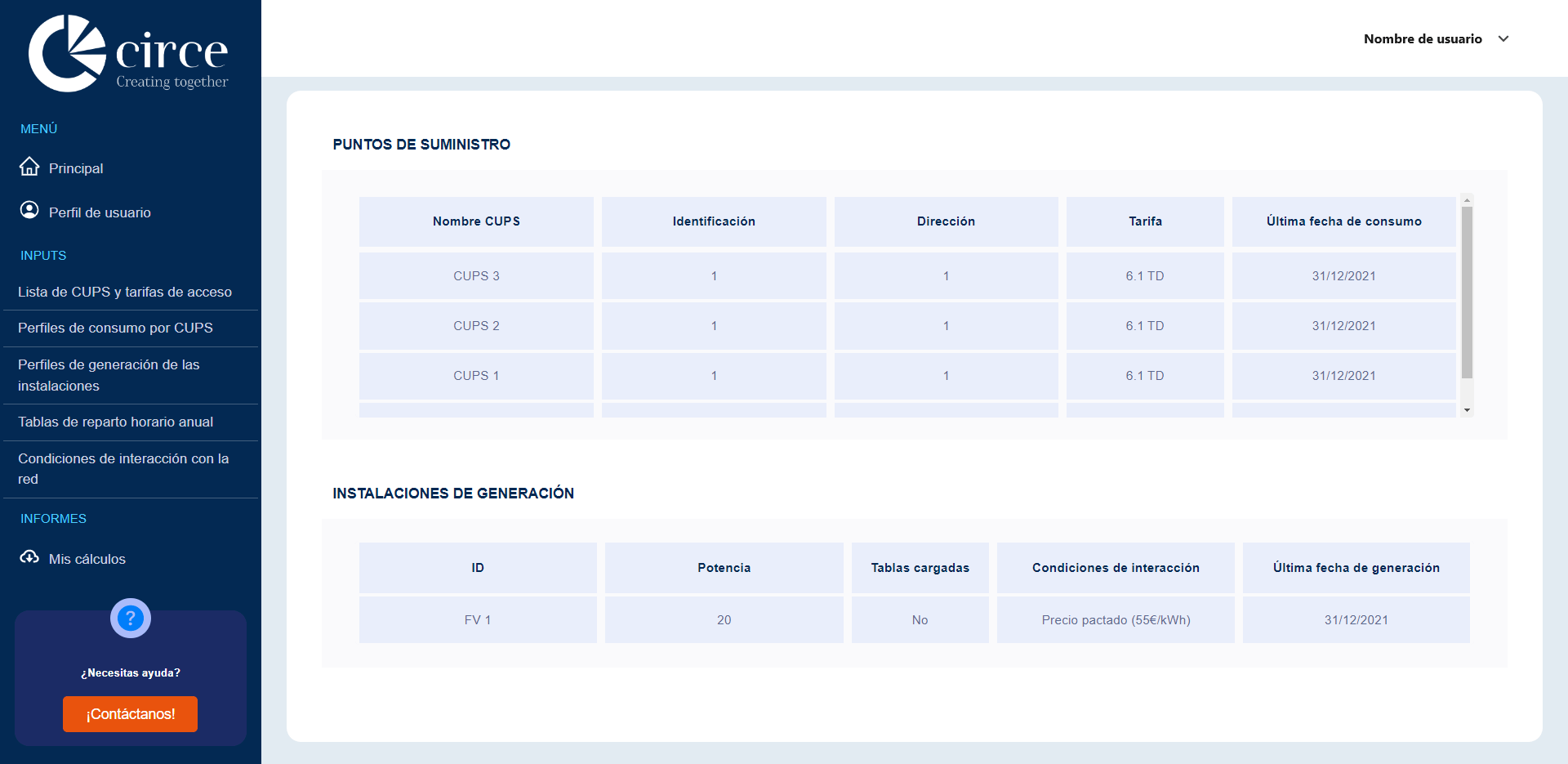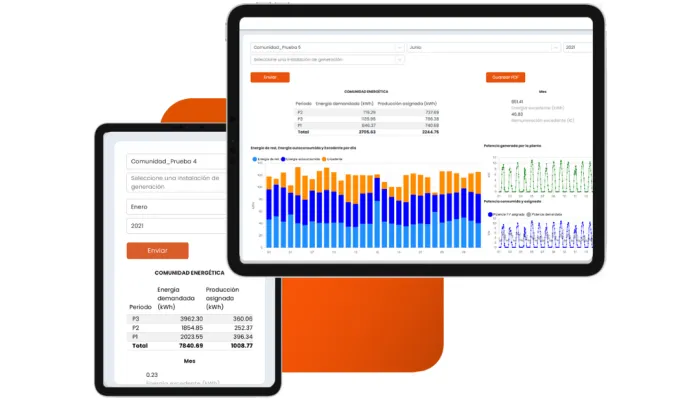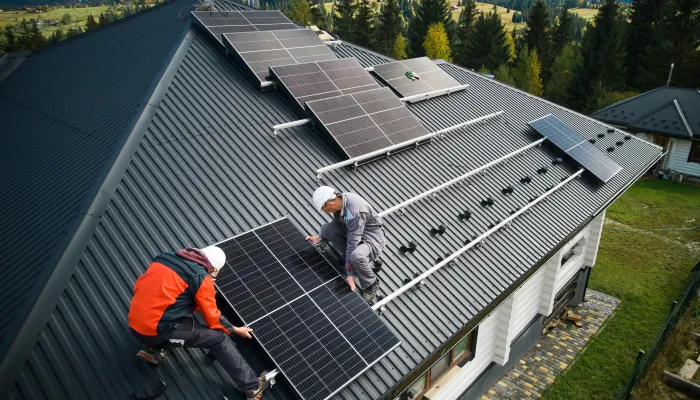The keys you need to form an energy community
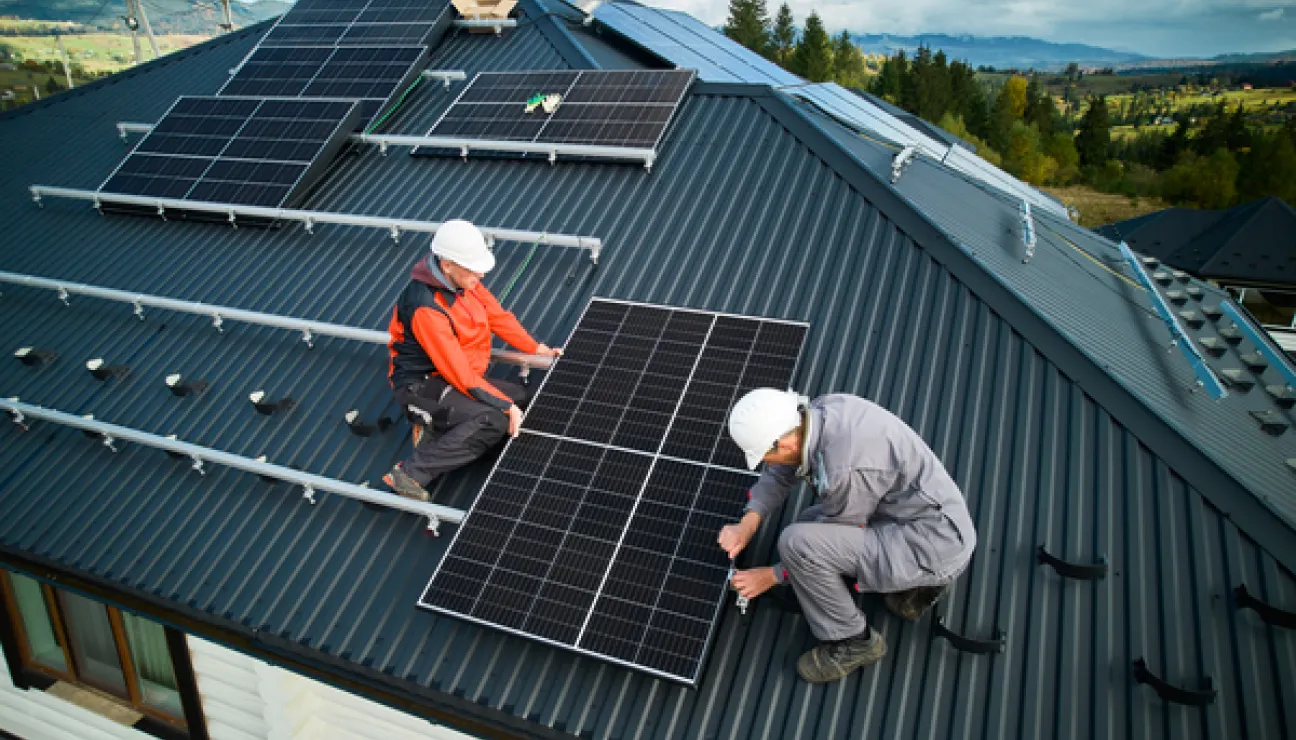
Energy communities are moving forward, motivated by recent regulation under the scope of self-consumption, whose installed capacity has multiplied by 20 since 2018 and now exceeds 5 GW in Spain. The Royal Decree, approved in May, regulates the concept of an energy community and allows citizens to produce, consume, store, share, and sell renewable energy collectively. Thus, this figure will have a specific quota in the Government's renewable auctions and reserved capacity at the electrical grid nodes. This, coupled with the expansion of collective self-consumption in areas over 2 kilometers, lays the foundation to boost this figure in our country.
However, if we look at the map of Spain prepared by the IDAE, there are currently fewer than 70 energy community initiatives underway, which suggests that forming one is a significant challenge for its members.
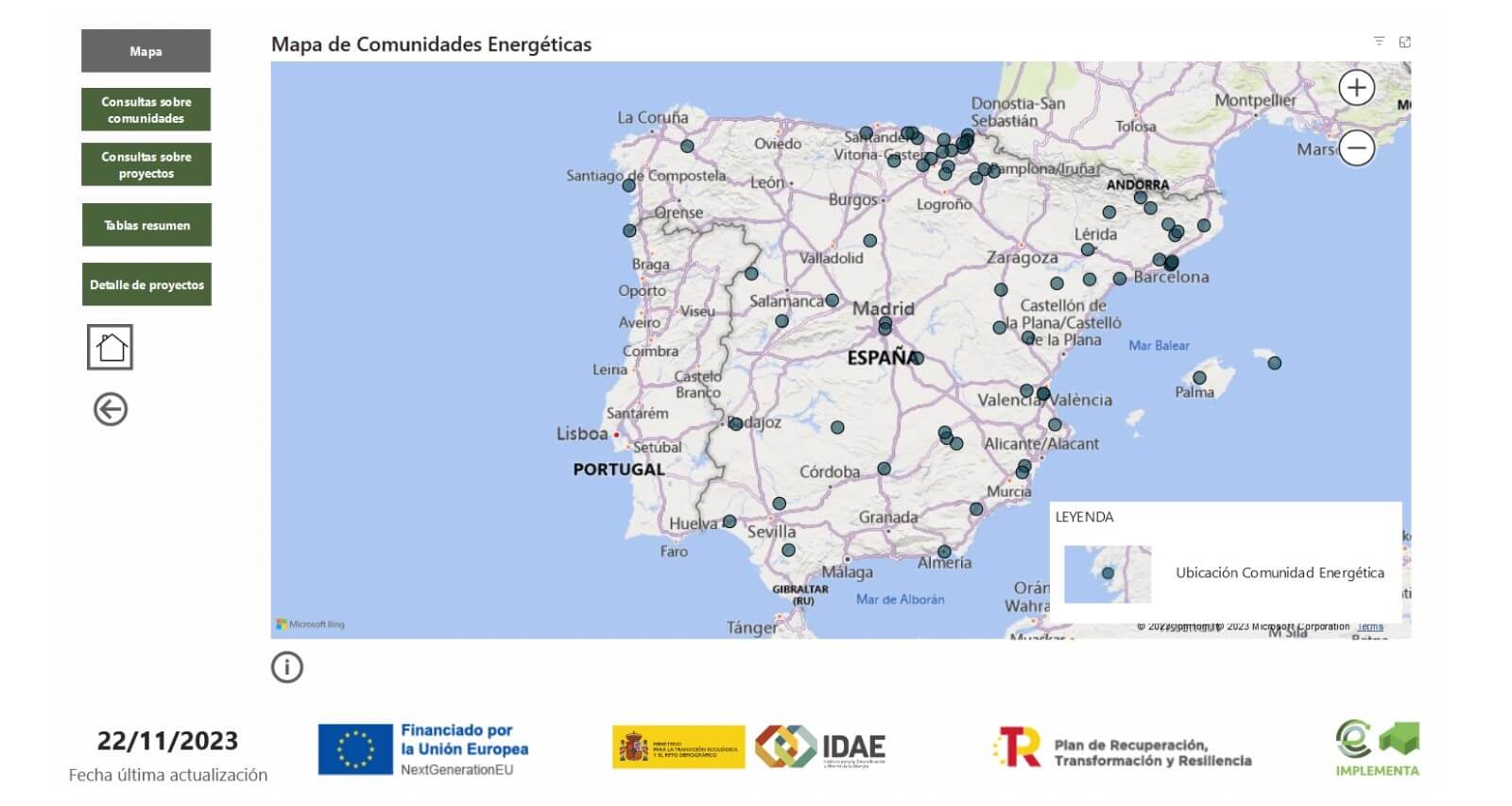
According to the National Integrated Energy and Climate Plan (PNIEC), two types of energy communities are established:
- Renewable energy community: Entities participate within a controlled geographic area to share renewable generation, both wind and solar. These communities expand the current concept of collective self-consumption.
Citizen energy community: Entities that would operate solely in the electricity market, with no geographical limitation, and could engage in commercialization activities. This figure gives independent legal form to existing cooperative entities such as SomEnergía, Goiener, etc.
What are the requirements to form a renewable energy community?
To be recognized as a renewable energy community, a series of requirements must be met:
Characteristics of the renewable community:
- Minimum of 5 members (individuals, local administrations, or small businesses).
- Open, free, and voluntary participation (regarding the admission and withdrawal of members).
- No member can have effective control (> 51%) of the community in terms of participation and decision-making.
Geographical scope:
- In municipalities with < 5,000 inhabitants: Holders of supply points can participate in a community based on generation within their own municipality or neighboring municipalities (as long as the neighboring municipality has fewer than 50,000 inhabitants).
- In municipalities with between 5,000 and 50,000 inhabitants: Holders of supply points can participate in a community based on generation within their own municipality.
- In municipalities with more than 50,000 inhabitants: They can participate in communities if they are within a 5 km radius from the generation point.
What distinguishes them from collective self-consumption?
- Own legal entity
- Participatory society
Self-consumption reaches up to 2 km for rooftops and compensates the full cost of electricity. Between 2 km and 5 km in a community, transportation and distribution fees, and ministerial charges must still be paid.
Facilitating framework:
- 5% of the capacity in the electrical grid nodes will be released to auction access and connection. This capacity can be granted in order of priority to new generation installations that are part of an energy community to ensure the evacuation of their production.
- Energy communities can access the Economic Regime of Renewable Energies and periodic auctions that grant regulated remuneration.
What are the main challenges in forming an energy community?
The premise of a local energy community may sound simple: a municipality, an industrial estate, or a group of citizens decide to openly organize to generate, use, and manage their own energy resources with renewables. But in practice, the excessive bureaucracy that must be faced to form it and the subsequent management of it suppose problems for them.
Therefore, in many cases, it becomes necessary to have external and independent entities to help them:
- Conduct a preliminary sizing to clear up these uncertainties: How much energy can we generate and how many participants do we need? What is the balance of the distribution of benefits depending on the percentage of generation? What role does each partner have?
- What is the most suitable interaction model with the electric grid?
- Access grants or public aid. The Strategic Project for the Recovery and Economic Transformation of Renewable Energies, Renewable Hydrogen, and Storage (PERTE ERHA) includes a specific support line for energy communities endowed with 100 million euros.
- Manage the operation of the energy community once formed. What happens if a member leaves or a new one joins? How do I optimize distributions to each user's consumption profile? How do I give visibility to the community's energy impact?

Is there any tool to help in the formation and management of Energy Communities?
Yes, there are already tools and software applications in the market specifically designed to assist in the creation and management of energy communities. At CIRCE, we have been working for years on various European research projects to lay the groundwork for this energy model and help promote its deployment in Spain.
Discover Communit-e, a software for designing, implementing, and managing Energy Communities:
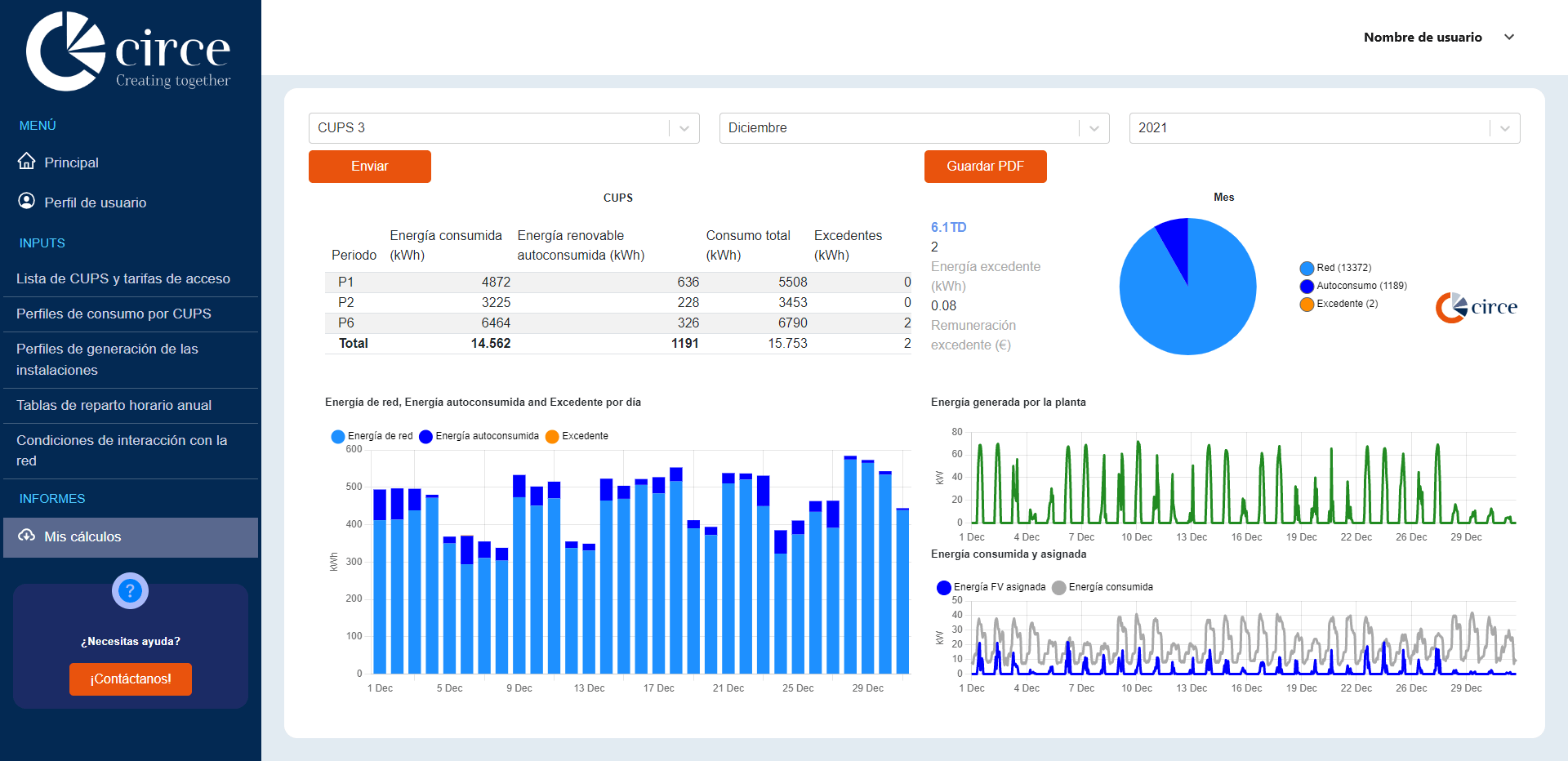
The developments range from tools to facilitate the work of managers and maintainers of the energy community, as well as to operate and optimize energy storage and direct control of consumption.
In other innovation projects, we work to empower energy communities as market actors and demand flexibility, as well as the parameterization of business models and smart energy trading contracts.

In more recent projects, such as GINNGER, CIRCE is starting to work to promote urban regeneration through the rehabilitation and integration of shared renewable energy. The NetZeroCities project, on the other hand, is already underway in collaboration with the Zaragoza City Council to promote energy communities in the regional capital.
All this experience in studying the challenges and opportunities of energy communities has enabled us to have a tool already available in the market to help this energy model develop on a large scale. For this purpose, these communities can already count on tools to successfully complete both the preliminary sizing and the management and operation of the energy community. Additionally, it allows them to monitor the energy generated by the installation, the self-consumed energy, and the energy demanded from the electrical grid.
